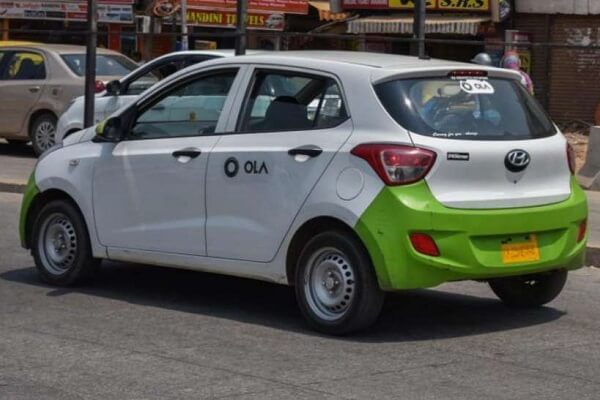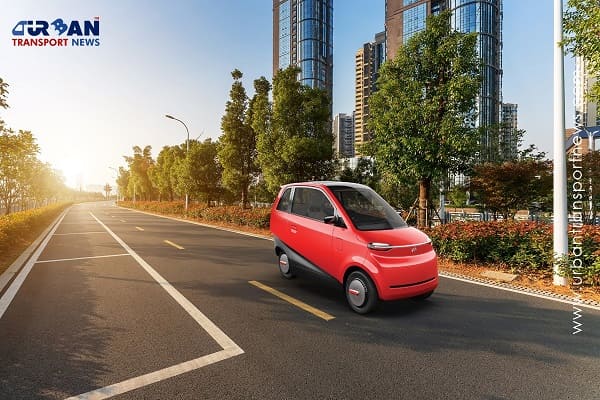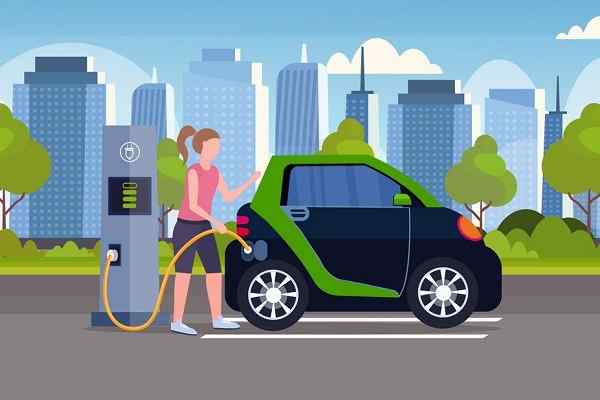 Women Powering India’s Electric Mobility Revolution
Women Powering India’s Electric Mobility Revolution Rail Chamber Launched to Strengthen India’s Global Railway Leadership
Rail Chamber Launched to Strengthen India’s Global Railway Leadership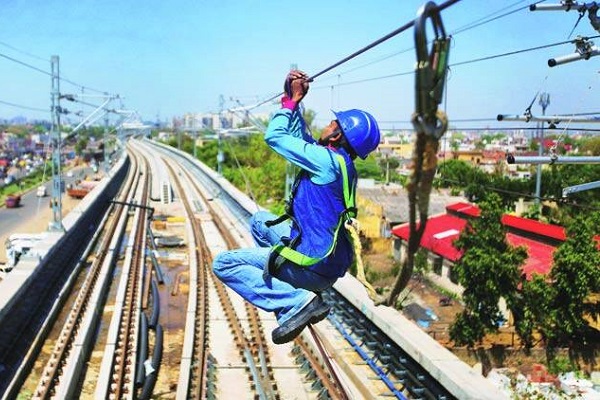 Wage and Hour Enforcement Under the Massachusetts Wage Act and Connecticut Labor Standards
Wage and Hour Enforcement Under the Massachusetts Wage Act and Connecticut Labor Standards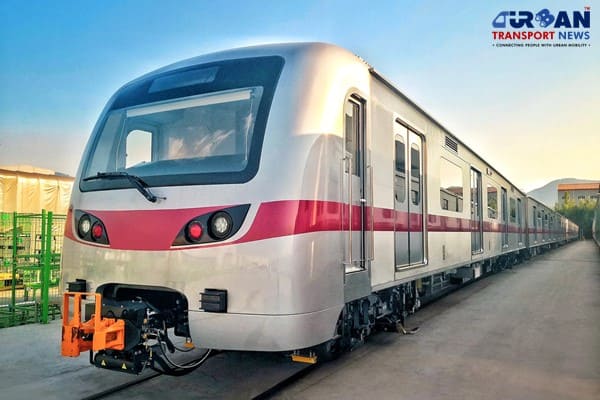 MRT‑7: Manila’s Northern Metro Lifeline on the Horizon
MRT‑7: Manila’s Northern Metro Lifeline on the Horizon Delhi unveils ambitious Urban Mobility Vision: Luxury Metro Coaches, New Tunnels and Pod Taxi
Delhi unveils ambitious Urban Mobility Vision: Luxury Metro Coaches, New Tunnels and Pod Taxi Qatar approves Saudi Rail Link Agreement, Accelerating Gulf Railway Vision 2030
Qatar approves Saudi Rail Link Agreement, Accelerating Gulf Railway Vision 2030 UP Govt plans to introduce Water Metro services in Ayodhya, Varanasi & Prayagraj
UP Govt plans to introduce Water Metro services in Ayodhya, Varanasi & Prayagraj India’s First Urban Ropeway begins Trial Run in Varanasi, Set to carry 1 Lakh passengers daily
India’s First Urban Ropeway begins Trial Run in Varanasi, Set to carry 1 Lakh passengers daily India and Bhutan to Build First-Ever Rail Link: ₹4,033 Cr Project to Boost Regional Connectivity
India and Bhutan to Build First-Ever Rail Link: ₹4,033 Cr Project to Boost Regional Connectivity Patna to launch Eco-Friendly Water Metro; Trial Run soon between Digha and Kangan Ghats
Patna to launch Eco-Friendly Water Metro; Trial Run soon between Digha and Kangan Ghats
Know some interesting facts about India's First Elevated 8-Lane Dwarka Expressway
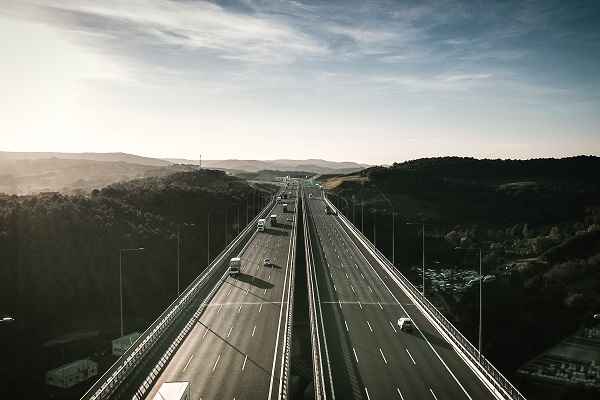
In the ever-evolving landscape of Indian road engineering, the Dwarka Expressway emerges as a trailblazer, redefining the benchmarks for speed, scale, and construction quality. Scheduled for inauguration on March 11 by Prime Minister Narendra Modi, this 29 km expressway is poised to connect cities seamlessly, showcasing novel features that mark a significant leap in infrastructure development.
The Dwarka Expressway spans 29 km, strategically divided between Haryana and Delhi, with 18.9 km and 10.1 km, respectively. A flagship project as part of the Center's ambitious Rs 60,000 crore highway development plan, it stands as India's first elevated 8-lane access control urban expressway, boasting a remarkable length of 9 km and a width of 34 meters.
Strategic Connectivity to Key Locations
One of the standout features of the Dwarka Expressway is its direct connectivity to the IGI Airport in Delhi and Gurugram Bypass. This strategic linkage positions the expressway as a vital artery for commuters, promising a smoother and more efficient travel experience.
A Closer Look at the Engineering Marvel
Constructed at an estimated cost of Rs 9,000 crore, the Dwarka Expressway incorporates several groundbreaking design elements, each serving a specific purpose in enhancing functionality and addressing critical challenges. Let's delve into some of the notable features that set this expressway apart.
-
Widest on a Single Pier: The 19 km elevated section in Gurgaon, housing 8 lanes – 4 on each side, is ingeniously built on a single pier. This design not only optimizes land use but also carves space for wider service roads. Importantly, it eliminates the possibility of ribbon development, ensuring controlled access through specific sector roads connected to interchanges.
-
Longest & Widest Urban Tunnel: The Delhi section near IGI airport boasts an 8-lane tunnel, stretching over 3.6 km. This 'shallow tunnel,' not requiring tunnel boring machines, is a strategic response to the security restrictions near the airport. The section witnesses heavy traffic of approximately 40,000 cars per day, making the construction of the tunnel a logistical triumph. The tunnel, inclusive of an emergency exit and dedicated control room, adds an extra layer of safety.
-
Blast-Proof Tunnel: A direct link to IGI’s Terminal 3 through a three-lane, 2.3 km tunnel incorporates a blast-proof design. The 500-meter section near the airport ensures enhanced security measures.
-
75% Elevated Structure: Predominantly designed as a flyway, Dwarka Expressway's 28.5 km stretch includes a staggering 75% elevation. This deliberate separation of expressway and city traffic through grid segregation ensures a streamlined flow, a departure from older highways where mixed traffic has impeded vehicular speed significantly.
-
Four-Level Interchanges: Designed with foresight into future traffic volumes, the Dwarka Expressway introduces the country's first four-level interchanges at key locations. These interchanges, located at Shiv Murti, Yashobhoomi in Dwarka, and the approach to IMT Manesar in Gurgaon, promise to facilitate smooth traffic flow with elevated traffic levels, flyovers, underpasses, and surface roads.
Navigating the Journey: Delhi-Gurgaon Connectivity
As the expressway gears up for inauguration, it's imperative to understand the transformative impact it will have on traffic routes. The opening of the 19 km Gurgaon section marks the commencement of the Dwarka Expressway's operational phase, providing a much-needed diversion from the heavily congested Delhi-Gurgaon expressway. This strategic redirection is expected to enhance travel times between south Delhi and west Delhi to Gurgaon.
The Pinnacle of Patience: 18 Years in the Making
Conceived in 2006 under the Haryana government's initiative, the Dwarka Expressway faced myriad challenges, from land acquisition issues to prolonged court cases. The burgeoning population in the newly developed sectors of New Gurgaon intensified the need for connectivity, prompting the National Highways Authority of India (NHAI) to take charge. In 2016, it was officially declared a national highway, and construction, a predominantly elevated structure, began in March 2019.
While the Dwarka Expressway has provisioned a 34-lane toll plaza on the Delhi-Gurgaon border, the question of toll collection remains a topic of speculation. Union Highways Minister Nitin Gadkari's assurance that no new toll plaza will emerge within 6-7 km of cities and industrial areas adds a layer of intrigue.
Anticipating Future Traffic: Planning for the Next 25 Years
Positioning itself as a conduit for heavy traffic requirements between Delhi and Gurgaon for the next 25 years, the Dwarka Expressway aligns itself with future growth and urban expansion.
Redefining Urban Connectivity
In conclusion, the Dwarka Expressway is more than just an infrastructure project; it's a testament to India's engineering prowess and determination to overcome challenges. As it opens new avenues for connectivity, it stands as a symbol of progress and a harbinger of a transformed urban landscape.





